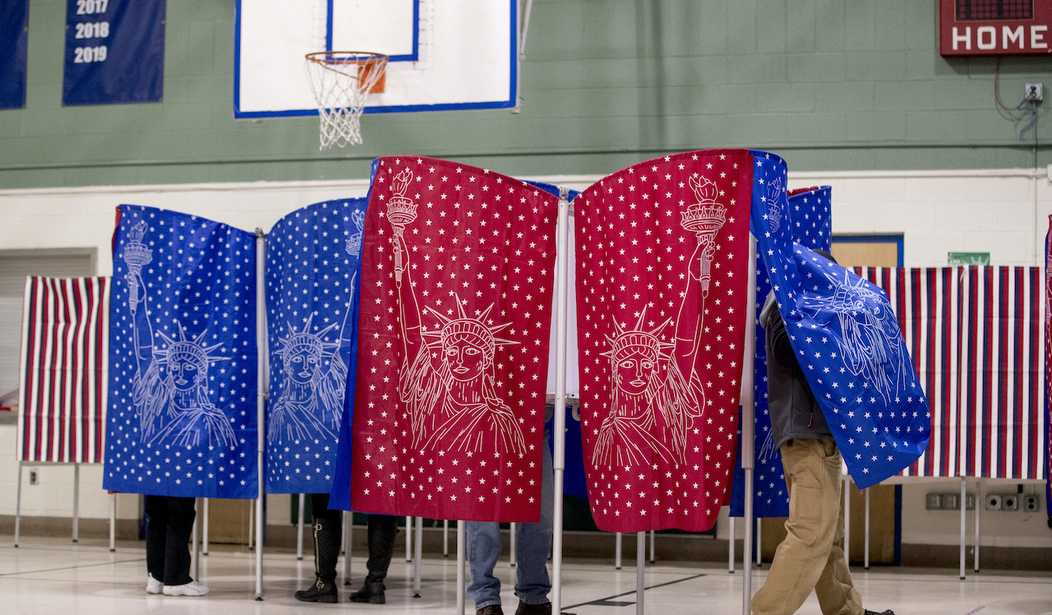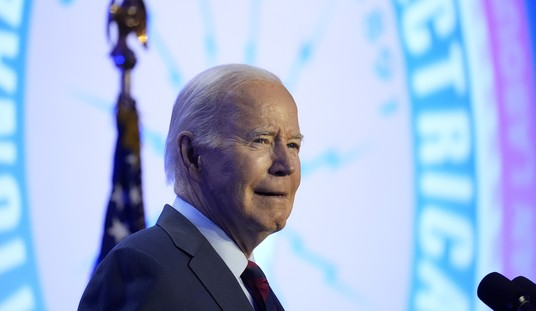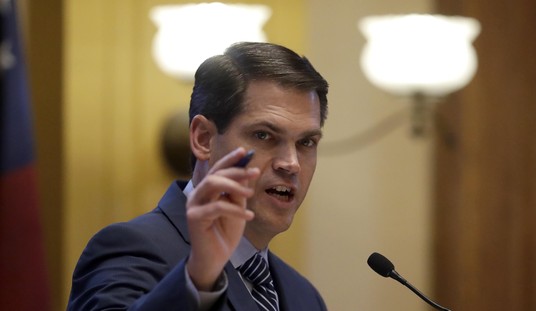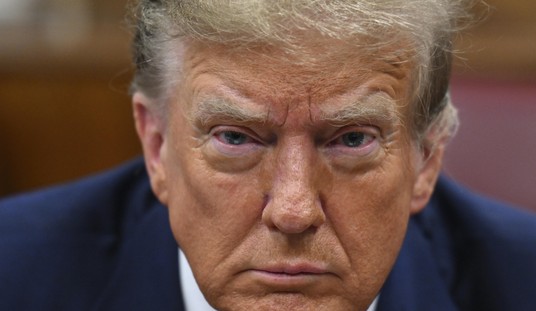A recent Gallup poll shows record levels of support for a third party in the U.S. In reviewing the details, it seems as if there is a significant opportunity to reform one of the current parties, which could lead to indefinite political wins for the one that does it correctly. More data is certainly needed on specific policy preferences, as it is not abundantly clear what the terms “liberal” and “conservative” mean anymore. However, since the election, I have been asserting that if the country’s vast economic middle could settle on critical priorities, they could form an overwhelming coalition in electoral politics.
Let’s look at the numbers, first. A record 50% of Americans surveyed now identify as political independents. It is an even split for those identifying as members of the two major parties at 25% apiece. This finding is a net drop of 5% identifying as Democrats and an increase of 1% for Republicans since early January. The Gallup poll found that 62% of U.S. adults say the “parties do such a poor job representing the American people that a third party is needed.”
According to Gallup’s historical trends, 60% supported a third party in 2013, which increased to 61% in 2017. These surveys followed the reelection of Barack Obama and the election of Donald Trump, respectively. It is interesting to note that it has not fallen below 57% since 2013. In cycles since 2003, it fell into the 40s during election years. That did not happen in 2016 or 2020. In September of 2020, with two candidates to choose from in November, it sat at 57%. Since the election, the desire for a third party has risen to 62%.
Because they lean left, Gallup seems to think the cause for the increase in support for a third party comes from anti-Trump Republicans from prior administrations. That idea is debatable. There are just as many Trump supporters disillusioned with moderate GOP members. There was also a significant amount of support for President Trump’s rumored Patriot Party.
It would be great if folks on both sides of the aisle could understand that our representatives all have various constituencies and may depart from the party line for reasons other than personal animus. On the Democrat side, senators like Kirsten Sinema and Joe Manchin, who represent red and purple states, deal with similar ire from their left wing. Our politics would be less toxic if our party leaders and the corporate media understood that we are a vast nation with varying perspectives on many policy issues.
Republicans want a third party at a rate of 63%. They are second only to independent voters at 70%. Democrats and Republicans have switched places since September, when members wanted a third party at 52% and 40%, respectively. Likely the reversal is due to the election outcome that handed Democrats the legislative and executive branches. However, there are still divisions within the Democrat Party:
Democrats and Democratic-leaning independents are evenly divided on the direction their party should go — 34% want it to become more liberal, 34% more moderate, and 31% to stay where it is.
Democratic identifiers tilt more toward wanting the party to go in a liberal direction (34%) than a moderate one (25%), while Democratic-leaning independents tilt toward wanting the party to become more moderate, 42% to 35%.
Republicans have a split as well, but a plurality of party members and Republican-leaning independents want the party to move further right, according to the survey:
A 40% plurality want the party to become more conservative, while 34% want it to stay the same and 24% to become more moderate. While Republican identifiers are about twice as likely to say the party should become more conservative than moderate (44% to 21%), Republican-leaning independents are split, with 36% wanting it to move further to the right of the ideological spectrum and 30% to move toward the center.
The primary problem both of these responses present is what do those terms even mean any more? Does becoming more liberal mean moving more to the left? Because going further left in the Democrat coalition means becoming more illiberal. That is Wokeville, the provenance of safe spaces, speech codes, and cancel culture. It is also the wing that wants to destroy our longstanding institutions by ending the Senate filibuster, packing the Supreme Court, and eliminating the Electoral College.
Likewise, what do “farther right” or “more conservative” mean? Conservatives such as Ben Shapiro, Tucker Carlson, Glenn Beck, and Candace Owens seek out conversations with decent liberals who agree on foundational principles. There is agreement on free speech, freedom of religion, skepticism of concentrations of power, and open inquiry, even if they disagree on policy solutions. In many ways, it seems those who agree on those fundamental principles are closer to forming a coalition than either party’s wings.
Does “more conservative” mean closer to the policies of the Trump administration? Those policies were a mix of populist objectives aimed at benefitting those dispossessed by years of movement toward a global economy and what once would have been considered moderate policies, like tax reform and deregulation. There was a significant deviation in foreign policy toward China, but treating them as anything other than an existential threat was a feature of both parties, beginning with Nixon.
Even during the pandemic, 56% of Americans said in October of 2020 that they were better off under President Trump’s policies than they were four years ago. In July of 2020, a record 73% of Americans had an unfavorable view of China. While this was undoubtedly related to the pandemic, it was also associated with Hong Kong protestors’ treatment and the revelations about China’s treatment of Uighur Muslims. A majority prioritized human rights in China rather than economic relations. This view opposes the opinion of many of those in our political class and global corporations.
It seems more than possible that a platform that returns us to intelligent energy independence, a foreign policy that clearly defines our allies and enemies, with a focus on Americans’ prosperity and security at its core, could appeal to a broad coalition. A return to a shared and more patriotic national identity is popular among 57% of likely voters. The party that can define it, communicate it authentically, and find candidates to support it will be the undeniable winner in the future.









Join the conversation as a VIP Member